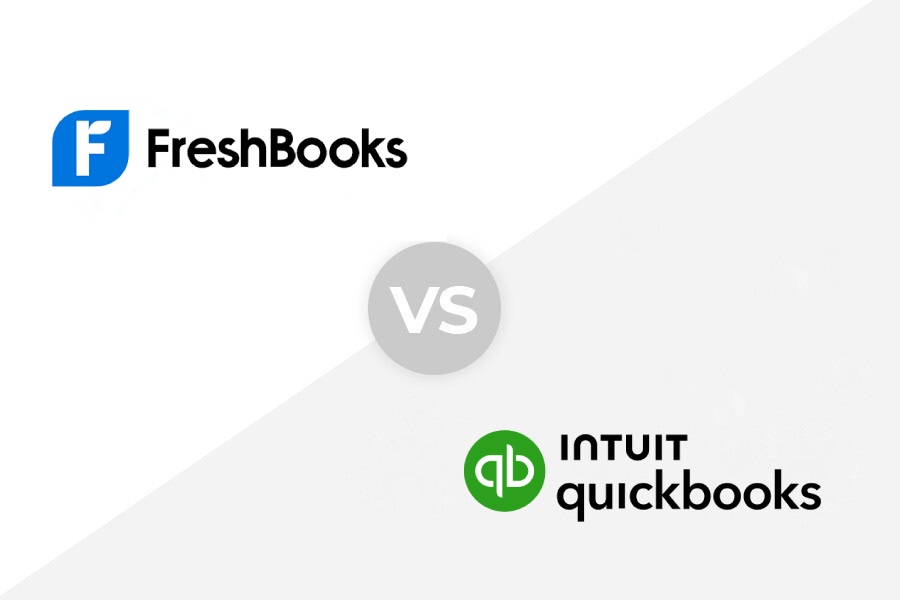
Installment sales are often used for the sale of a business and for real estate transactions. This sale structure is often chosen for the significant tax benefits to the seller and the unencumbered cash flow afforded to the buyer.
Key Takeaways:
- Sellers can defer gain until cash is received; buyers can free up cash flow by paying over time.
- You can opt out of installment sale treatment if you think tax rates are going to go up in the future.
- Installment sales are reported on IRS Form 6252.
- Sales of inventory, stock market securities, property sold by dealers, depreciation recapture, and property sold at a loss are ineligible for installment sale treatment.
Without the installment sale rules, a gain or loss would be recognized by the seller in the year of the sale—regardless of whether any cash was received. Installment sale treatment allows the gain from the sale to be spread out over multiple tax periods as the cash from the sale is received.
For instance, a buyer was given the option to pay in 12 consecutive monthly installments starting in October of 2024. Three income installments would be taxable to the seller in 2024, and the remaining nine would be deferred to 2025.
Payments received on an installment sale consist of three components:
- Return of basis in the property sold
- Interest income
- Gain on the sale
The return of basis is non-taxable, while the interest income is taxed at the taxpayer’s ordinary income rates. Under the installment method, the gain portion of each payment is recognized in the year it is received.
- The gain recognized each year is determined by multiplying the payments received (less interest income) by the gross profit ratio calculated in the year of sale.
- The gross profit ratio is calculated by dividing the gross profit by the sales price.
- Gross profit realized is figured by subtracting the adjusted basis? from the sales price in the contract.
Exceptions to Installment Sale Treatment
There are specific instances where installment sale treatment does not apply, even though a sale has multiple payments.
- Recapture gain triggered by the sale may not be deferred and must be recognized in the year of sale. For example, when you sell machinery and equipment, any depreciation deducted on the property since its purchase must be recognized as ordinary income—or recaptured. This recapture portion of the gain on sale is ineligible for installment sale treatment.
- Installment sale treatment does not apply to losses. Losses must also be recognized in the year of sale.
- Certain types of property are ineligible for installment sale treatment when sold.
-
- Real estate and personal property sold by those who are in the business of selling these items
- Inventory
- Securities sold on a recognized stock market
Installment Sales for Tax Purposes vs Simply Paying in Installments
Installment sale treatment for tax purposes is more than just breaking up an amount owed from a sale into multiple payments. As discussed under the exceptions, there are situations where multi-payment sales are specifically exempted from installment sale treatment by the IRS. Taxpayers can also choose to voluntarily opt out of installment sale treatment if that is the preferred option for their tax strategy.
A taxpayer may want to opt out of installment sale treatment for the following reasons:
- It looks like tax rates will go up in the future based on public policy
- You have large losses that can offset the full gain in the year of sale
Special Rules for Large Installment Sales
When property is sold in an installment sale by nondealers For example, in a real estate installment sale, a taxpayer would be considered a dealer if, outside of the installment sale in question, the taxpayer routinely already sells real estate.”> For tax purposes, you are considered to be a dealer for a particular transaction if you already sell the same kind of property sold in that transaction regularly.
For example, in a real estate installment sale, a taxpayer would be considered a dealer if, outside of the installment sale in question, the taxpayer routinely already sells real estate. and the two rules below apply, interest must be paid to the IRS on the tax deferred by using the installment method.
- Sales price exceeding $150,000
- More than $5 million outstanding in installment notes at the end of the year
This interest is reported as an additional tax on the following forms:
- Sole proprietorships/single member LLCs: Form 1040, Schedule 2, line 15
- C Corporations: Form 1120, Schedule J, line 9f
- S Corporations: Form 1120S, Schedule K-1, Box 17, Code N
- Partnerships/Multi-member LLCs: Form 1065, Schedule K-1, Box 20, Code P
Only corporations can deduct this interest paid. For all other taxpayers, this interest is nondeductible.
Pros & Cons of an Installment Sale
Reporting an Installment Sale
Installment sales are reported on IRS Form 6252. The current year gain then carries to Form 8949, then ultimately arrives on either Schedule D or Form 4797.
If there is a loss on the sale of property, Form 6252 is not used, irrespective of the timing of payments received. This means that if there is a loss on the sale of property and a payment for the sale is made to the seller after the close of the selling entity’s year-end, the sale still should not be reported on Form 6252.
Electing Out of the Default Installment Sale Treatment
By default, sales that result in a gain and have at least one payment after the end of the tax year must be treated as installment sales—unless an exception applies. However, if you prefer to opt out of the installment sale, you can do so on a timely filed tax return (including extensions).
If you choose to elect out of installment sale treatment, your gain would be recognized in the same way that it would using your traditional accounting method. If you opt out of the installment sale method and then subsequently decide that you want to use the installment method (and the transaction qualifies), you’ll need IRS consent.
How to Elect Out of Installment Sale Treatment
To elect out of installment sale treatment:
- Report the sale on IRS Form 8949 (which carries to Schedule D or IRS Form 4797)
- Do not complete IRS Form 6252
For all pass-through entities (e.g., S Corporations, partnerships, and LLCs), electing out of installment sale treatment would be done on the business tax return. The tax impact of electing out would be shown on the K-1s used to complete the owners’ individual tax returns.
Installment Sale Example
Here is an example that illustrates the basic concepts of an installment sale.
Pay Later, Inc. owns property with an adjusted basis of $100,000. It sold the property in October 2024.
- Selling price: $500,000
- The buyer will pay for the property in five equal installments of $100,000, with the first payment occurring in November 2024.
- Gross profit: $400,000 ($500,000 – $100,000)
- Gross profit ratio: 80% [($400,000 ÷ $500,000) × 100%]
- This means that 80% of every payment (excluding interest) will be recognized as a gain in the year that Pay Later, Inc. collects those payments.
- Total deferred gross profit: $400,000 ($500,000 × 0.8)
For ease of calculation, we will assume that interest income received, based on market rates, was $7,000 per month, starting in November.
In October 2024, no tax was assessed on the $100,000 return of basis. No interest income or cash was received, and no gain was recognized. In each month where there was an installment payment, Pay Later, Inc. received $7,000 in interest income and an installment payment of $100,000 but only recognized gain of $80,000. It also recorded its return of basis, allocated over the 5-month installment period.
At the end of five months, Pay Later, Inc. recorded the following:
- A full return of its $100,000 basis
- $35,000 interest income
- $500,000 cash received
- $400,000 gain spread over two years
Frequently Asked Questions (FAQs)
A seller would agree to an installment sale because it allows them to defer gain and earn interest income.
The main disadvantage to an installment sale for a seller is that they have to wait to get some of their cash. Meanwhile, the main disadvantage to the buyer is that they may end up with a higher interest expense by spreading payments out over time.
The character of the gain is consistent with the character of the property. The character of the property determines the applicable tax rate for the gain. If a business sold property that was a capital asset, the gain would also be capital.
Bottom Line
An installment sale is a practical way to facilitate a sale that might not otherwise be an option for the buyer due to liquidity restraints. Installment sale treatment is also a useful tax tool for sellers looking to maximize tax-deferred savings as part of their overall planning strategy.




